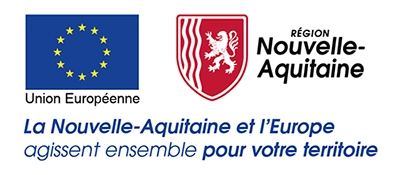Attending the Paris Air Show is always an exciting experience with big announcements of major deals and new technologies.
2023’s event was no exception with some record-breaking deals taking place between some of the industry’s biggest players.
Many enthusiasts attending the show will have been interested by news of structural supplier agreements – not least those signed by Aernnova, Leonardo and Aciturri, who join an expanding team of global suppliers to build Boom Technology’s dba Boom Supersonic Overture airliner – the first commercial supersonic aircraft to take to the skies since Concorde.
Before focusing on Overture’s key attributes, let’s briefly go back a few decades and reminisce about Concorde. It was the first supersonic aircraft to cross the Atlantic Ocean in the fastest possible time.
The average commercial flight time from London to New York was 7 hours, yet Concorde would typically complete the journey in a little less than three and a half hours. If you like trivia, the record time was an incredible two hours 52 minutes and 59 seconds!
Live Aid
The pop star Phil Collins famously flew on Concorde in 1984 to perform during Live Aid at both Wembley in London and JFK stadium in Philadelphia. He landed in New York, two hours before he took off from London (due to the 5-hour time difference) and with a connecting helicopter ride from New York to Philadelphia, he performed his set on the JFK stage only a few hours after leaving London! There are many fun anecdotes surrounding this iconic jet, which I hope we can explore another time.
End of an Era
Towards the end of the Concorde era, its joint partners, British Airways and Air France were faced with serious challenges regarding increased maintenance costs. Then tragedy happened in 2000 with the fatal crash in Paris killing all those on board and others on the ground. This terrible event effectively brought the Concorde generation to an end terminating in 2003 – 27 years after its 1976 release.
The history of Concorde is fascinating and there are many factors why a replacement has not yet been introduced – not least the cost / environmental impacts of fuel consumption rendering the aircraft unprofitable. Supersonic flight restrictions over land were also imposed, meaning it could only fly at supersonic speeds over the ocean.
Boom Supersonic
Founded in 2014 in the US, Boom’s focus is to make the world dramatically more accessible. Improving on Concorde, Overture is both economically and environmentally sustainable. There are certain similarities to Concorde in terms of length, height, and flight altitude of about 60,000 feet. Overture also has a wider wingspan and is expected to carry 64-80 passengers.
According to ADN (Air Data News) Concorde was faster than Overture but Overture is expected to have a longer range 4,250nm v Concorde’s 3,600nm and more importantly will fly using 100% SAF (Sustainable Aviation Fuels), which is the real game-changer.
Leading the way
Boom Supersonics’ endeavours exemplify the commitment throughout the aerospace industry in paving the way to net-zero by 2050. Indeed, Boom have outlined a strategy for reaching net carbon by 2025, in advance of the airliner’s intention to achieve type certification in 2029.
And this is one of the many reasons why IMET Alloys are proud to be part of an industry that leads the way in innovation and groundbreaking technology, and for our part, we will continue to lead the way in what we do best.
In the meantime, we look forward to following Overture’s progress and the vision of Boom Supersonic in making sustainable, commercial supersonic flight a reality by 2029.

